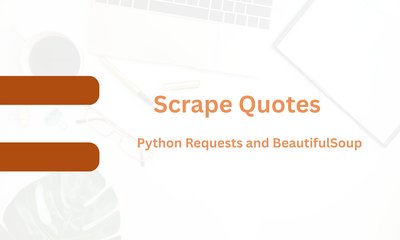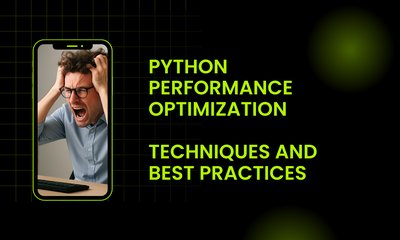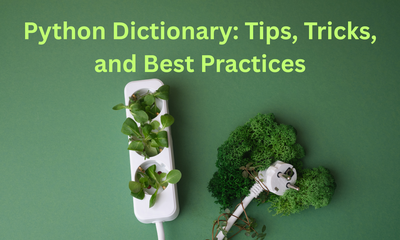Comparing Python Environment Management Tools: Making the Right Choice
By khoanc, at: Nov. 20, 2023, 11:24 p.m.
Estimated Reading Time: __READING_TIME__ minutes
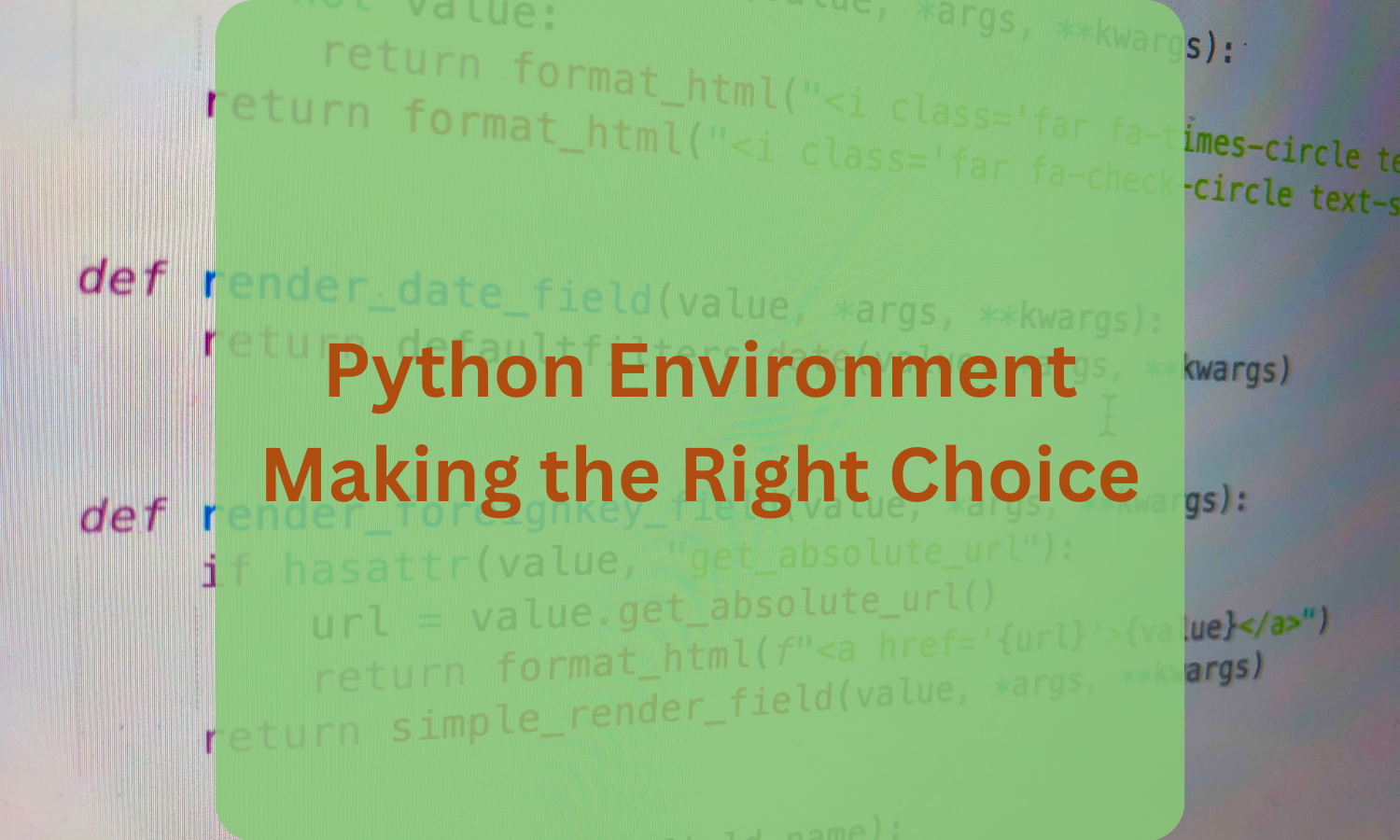
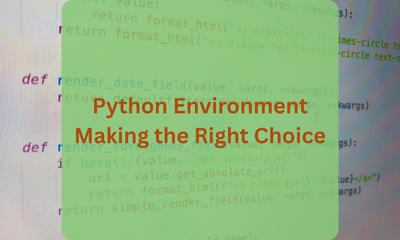
Introduction
When it comes to Python development, having the right environment management tool is crucial for a smooth and efficient workflow. In this article, we will delve into four popular tools - pyenv, virtualenv, pipenv, and poetry - and compare their features, use cases, and best practices. Let's explore how each tool contributes to the Python development ecosystem.
pyenv: Unleashing Version Control
Pyenv, a powerful Python version management tool, allows developers to control and switch between different Python versions seamlessly. Its lightweight nature and simplicity make it a preferred choice for version-specific projects.
Pros
- Version Control: Efficiently manage and switch between different Python versions.
- Lightweight: Pyenv is lightweight and imposes minimal overhead on the system.
Cons
- Limited to Version Management: Focuses solely on version control and lacks features for dependency management.
Installed Packages Location
- Mac/Ubuntu
/users/USER/.pyenv/
To install and manage Python versions with pyenv, use the following code snippet:
pyenv install 3.8.12 # Install a specific Python version
pyenv global 3.8.12 # Set the global Python version for the system
virtualenv: Isolation for Dependency Management
Virtualenv, a staple in the Python development toolkit, provides a way to create isolated Python environments for projects. This tool shines in managing dependencies, ensuring that each project has its own set of libraries without interfering with system-wide packages.
Pros
- Isolation: Create isolated environments for projects, preventing conflicts between dependencies.
- Widely Adopted: Virtualenv is a well-established tool with extensive community support.
Cons
- Separate Activation: Users need to activate the virtual environment manually.
Installed Packages Location
- The current location where you run the command
virtualenv venv
Creating a virtual environment is as simple as:
virtualenv my_project # Create a virtual environment named 'my_project'
source my_project/bin/activate # Activate the virtual environment
pipenv: Streamlining Dependency and Environment Management
Pipenv simplifies dependency and environment management by combining the functionality of pip and virtualenv. It automatically creates a virtual environment for each project and maintains a separate file (Pipfile) to track dependencies.
Pros
- Integrated Workflow: Combines dependency management and virtual environment creation in one tool.
- Lock File: Automatically generates a
Pipfile.lockfor consistent dependency resolution.
Cons
- Learning Curve: The integrated approach may have a steeper learning curve for beginners.
Installed Packages Location
- Mac/Ubuntu:
~/.local/share/virtualenvs/
To use pipenv for managing a project:
pipenv install requests # Install a package and add it to the Pipfile
pipenv shell # Activate the virtual environment
poetry: Simplifying Python Project Management
Poetry takes a holistic approach to Python project management, addressing not only dependency management but also packaging and publishing. It provides a single tool for all these tasks, making it an attractive choice for those looking for a comprehensive solution.
Pros
- Comprehensive Tool: Manages dependencies, packaging, and publishing within a single tool.
- Consistent Lock File: Uses
poetry.lockfor reliable dependency resolution.
Cons
- Less Mature Ecosystem: Some developers may find fewer plugins or integrations compared to other tools.
Installed Packages Location
- Mac/Ubuntu:
/Users/USER/Library/Caches/pypoetry/
Using poetry for project management is straightforward:
poetry new my_project # Create a new Python project
poetry add requests # Add a dependency to the project
Comparative Analysis: Choosing the Right Tool for the Job
Each tool has its strengths and weaknesses. Pyenv excels in version control, virtualenv in isolation, pipenv in streamlining dependency management, and poetry in simplifying the entire project lifecycle. Consider your project's specific needs and choose accordingly.
Best Practices in Python Environment Management
-
Consistency Across Environments: Use environment management tools consistently across development, testing, and production environments to avoid compatibility issues.
-
Regularly Update Dependencies: Keep dependencies up-to-date to benefit from bug fixes, performance improvements, and security patches.
-
Document Your Environment: Include a clear set of instructions for setting up the development environment in your project's documentation.
Conclusion
In the world of Python environment management tools, the choice ultimately depends on your project's requirements. Whether it's version control, isolation, streamlined dependency management, or comprehensive project management, each tool has its strengths. Consider the specifics of your development needs to make an informed decision.
FAQs
-
Which environment management tool is best for beginners?
- For beginners, virtualenv provides a straightforward approach to creating isolated environments without overwhelming complexity.
- For beginners, virtualenv provides a straightforward approach to creating isolated environments without overwhelming complexity.
-
Can I use multiple environment management tools in a single project?
- While it's possible, it's generally not recommended, as it can lead to conflicts and unnecessary complexity. Choose one tool that best fits your project's needs.
- While it's possible, it's generally not recommended, as it can lead to conflicts and unnecessary complexity. Choose one tool that best fits your project's needs.
-
How does poetry simplify the dependency management process?
- Poetry simplifies dependency management by handling both the
pyproject.tomlfile for project metadata and thepoetry.lockfile for dependency resolution in one go.
- Poetry simplifies dependency management by handling both the
-
What steps should be taken to ensure compatibility across different Python environments?
- To ensure compatibility, stick to best practices such as using virtual environments, specifying dependencies, and regularly updating packages across all environments
- To ensure compatibility, stick to best practices such as using virtual environments, specifying dependencies, and regularly updating packages across all environments

